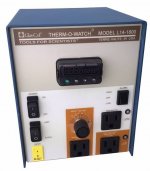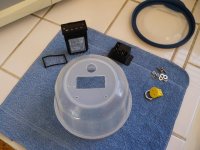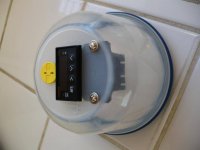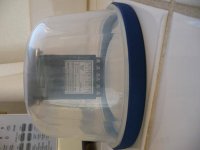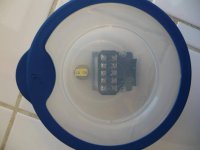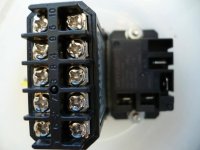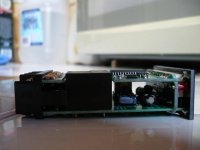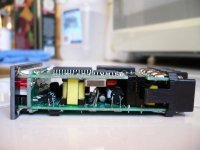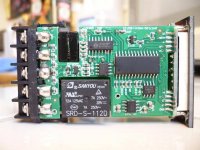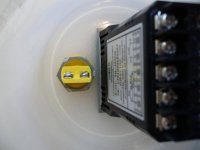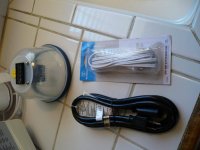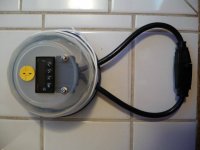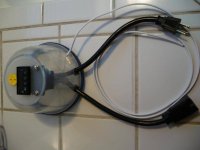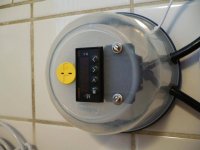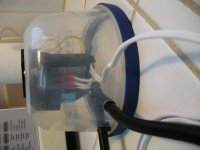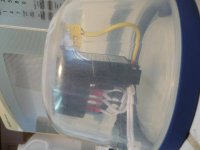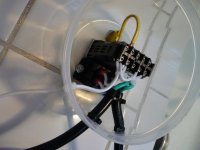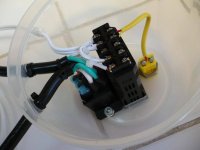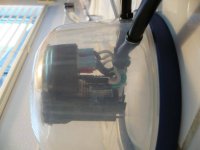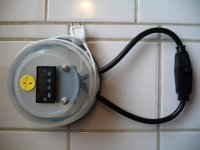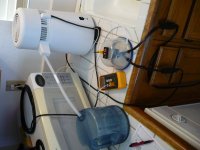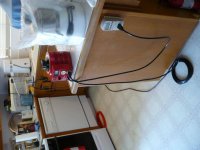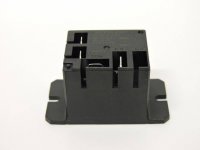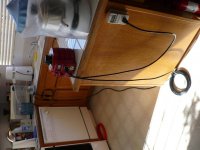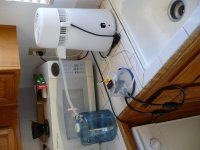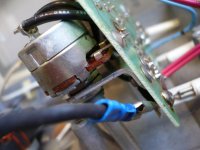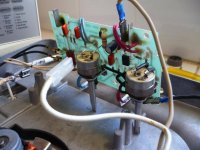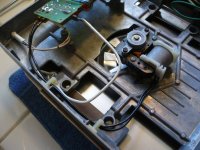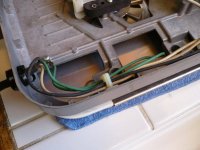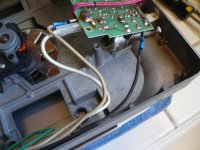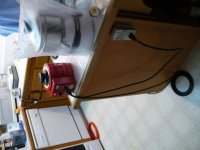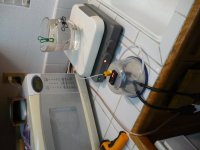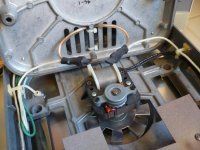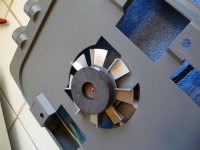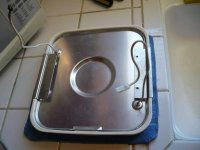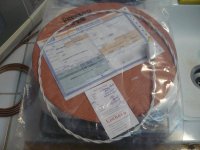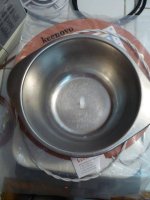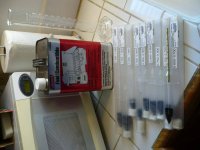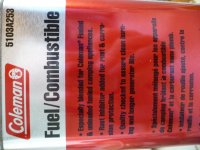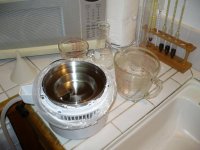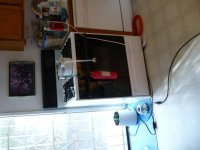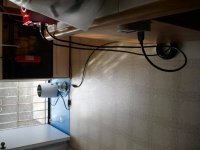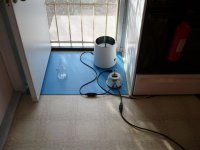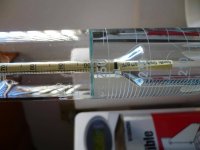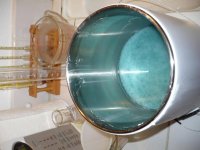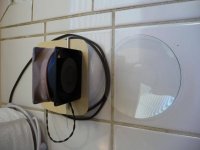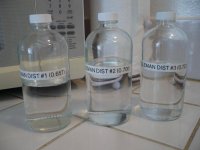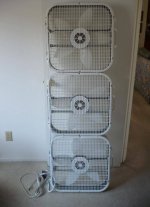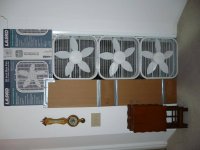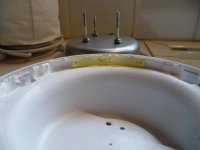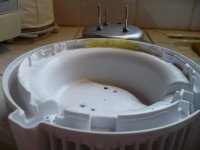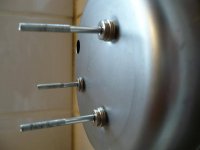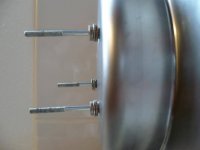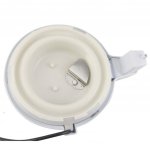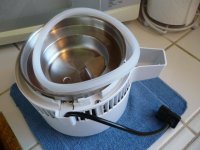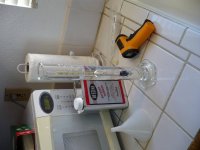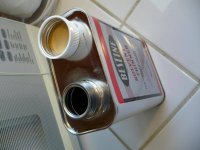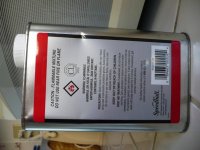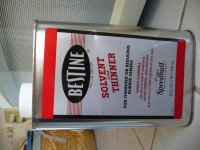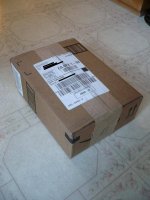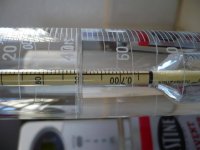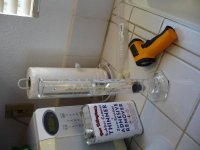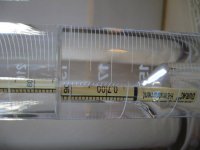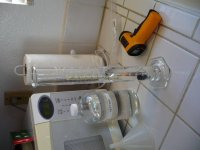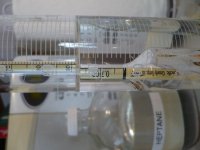Here's another commercial microprocessor controller like the J-KEM, incorporating wattage control along with PID temperature control or temperature limiting. $1,300!!!
Digital variable voltage ctrl
108A L14-1800K
Digital auto-temperature display of setpoint and process temperatures 120 1800 TYPE K
$1,284.00/EA
"5% to 95% variable output"
https://glco.sniperstores.com/precision-controllers
The DIY device I'm assembling is way less expensive and offers way more features.
1) The Variac supplies 0% to 130% variable output. Smooth analog control, and extra oomph if you have a heater or mantle you want to supply extra power to, i.e., a 500 watt mantle can be driven with up to 650 watts.
2) The microprocessor controller I found can quickly be switched between set point PID control, on/off limiting, or cut-off limiting.
3) Plugging the Variac into a power meter provides a way to quickly dial in the best wattage for any point of your process.
Wall outlet > power meter (P-3 Kill-A-Watt) > Variac > mechanical power relay controlled by a sensor fed microprocessor > your heater or mantle. About $200, and some simple assembly/wiring.
And you can use this same setup elsewhere, I'm planning to also use it with my huge old analog Corning lab hotplate/stirrer.
Digital variable voltage ctrl
108A L14-1800K
Digital auto-temperature display of setpoint and process temperatures 120 1800 TYPE K
$1,284.00/EA
"5% to 95% variable output"
https://glco.sniperstores.com/precision-controllers
The DIY device I'm assembling is way less expensive and offers way more features.
1) The Variac supplies 0% to 130% variable output. Smooth analog control, and extra oomph if you have a heater or mantle you want to supply extra power to, i.e., a 500 watt mantle can be driven with up to 650 watts.
2) The microprocessor controller I found can quickly be switched between set point PID control, on/off limiting, or cut-off limiting.
3) Plugging the Variac into a power meter provides a way to quickly dial in the best wattage for any point of your process.
Wall outlet > power meter (P-3 Kill-A-Watt) > Variac > mechanical power relay controlled by a sensor fed microprocessor > your heater or mantle. About $200, and some simple assembly/wiring.
And you can use this same setup elsewhere, I'm planning to also use it with my huge old analog Corning lab hotplate/stirrer.
Attachments
Last edited:

